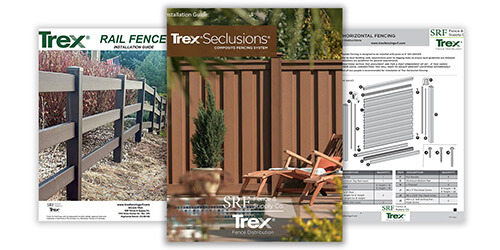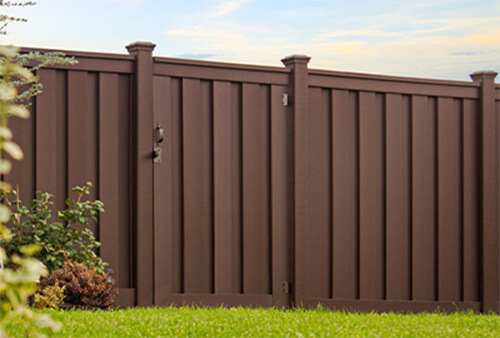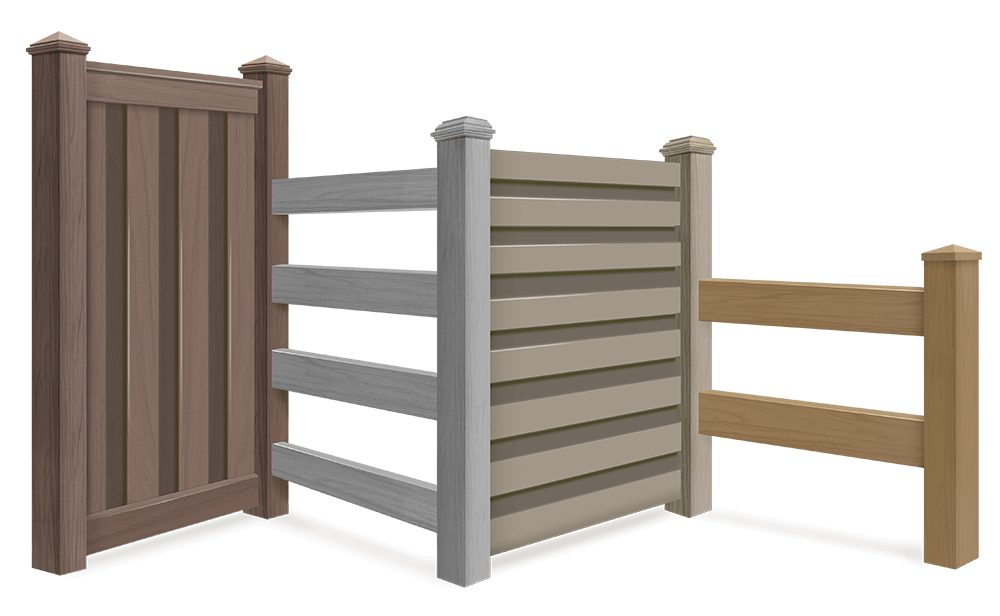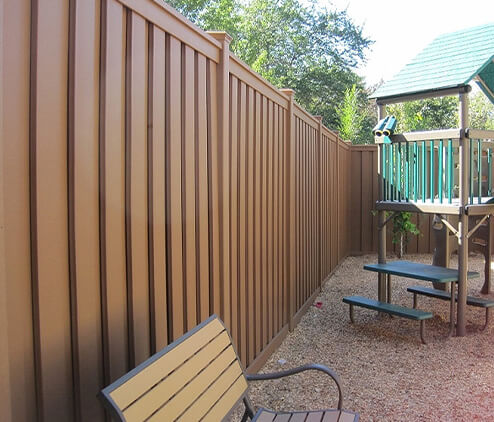-
Fencing
- Gates
-
Why Trex
-

-
Why Trex
Trex gives you the timeless look of wood without the headaches. It's stronger, longer-lasting, and made from 95% recycled materials.
But the real difference? Our team. We're Trex fencing experts who live and breathe this product. Learn more about what makes Trex unique.
-
- Inspiration
-
Inspiration
-
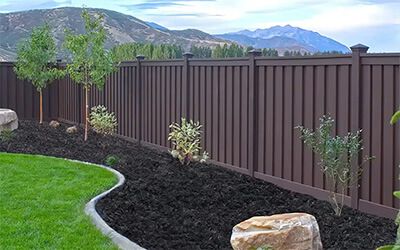
-
Inspiration Gallery
See how Trex transforms outdoor spaces with lasting beauty and strength.
From quiet backyards to high-profile commercial projects, Trex fences combine standout style with dependable performance. These real-world installations show how Trex fencing enhances both form and function, no matter the setting.
Get Inspired
-
- Resources
- for pros







